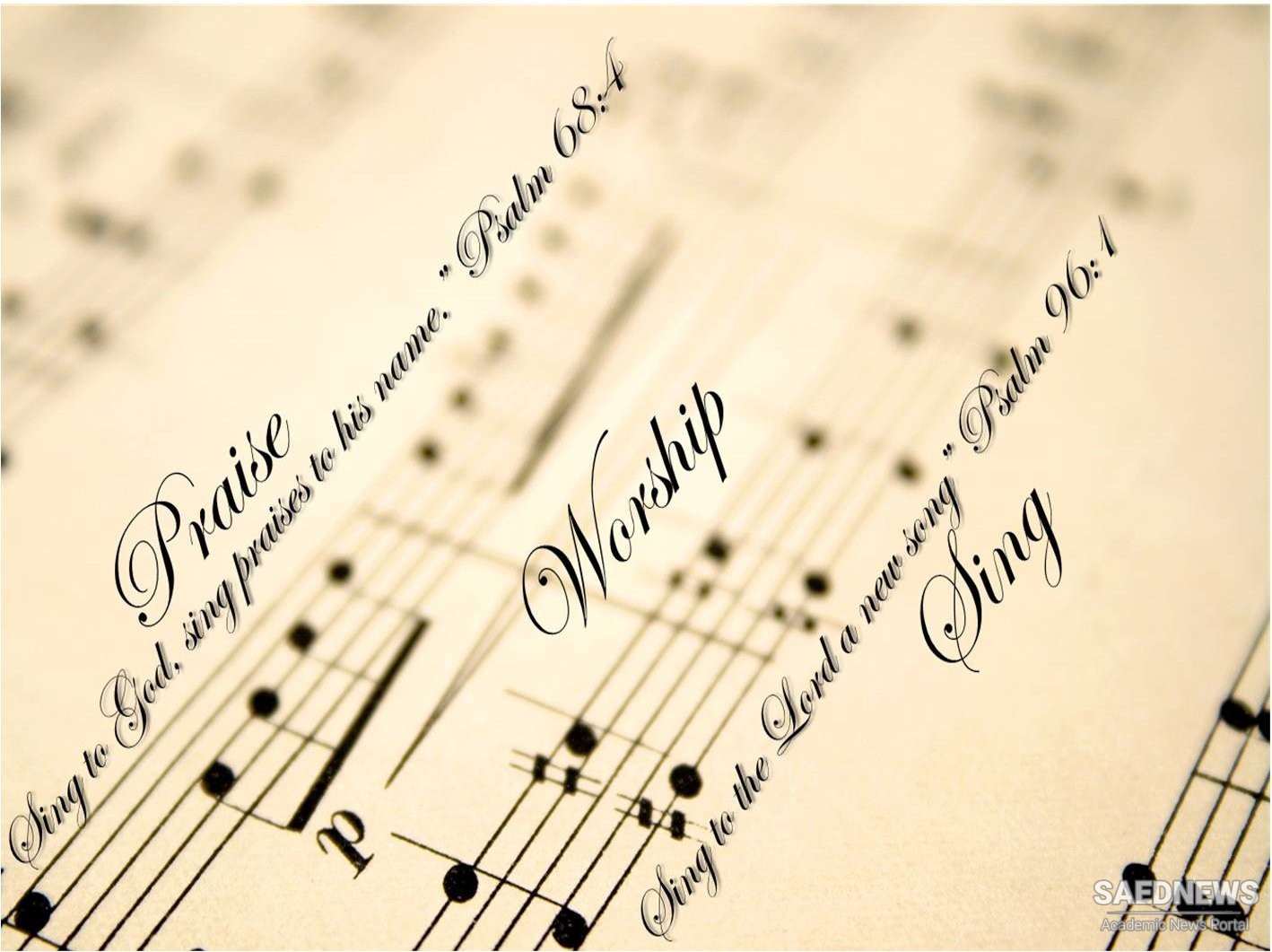The historical transition from Greek music to that of the 12th to the 14th centuries is not easy to trace or describe. Regarding both ends of the period, we have a fair amount of information, but of the intervening thousand years or more nothing adequate can be said. Certain points are clear, but how to fill the colossal period with living interest is a question. The total amount of music extant is small and the discernible personalities pitifully few. That there was considerable musical life is certain from after events, but actual vestiges of it are scanty.
The Roman Empire reached its greatest area and prosperity in the zd century. In the jd symptoms of decay began to appear, and in the 4th and 5th the repeated onsets of Goths, Vandals and Huns finally drove the seat of government from Rome to Byzantium (Constanotinople). The later 6th century saw the rise of Mohammedanism, which in the 7th swept over Syria, Egypt and Northern Africa and in the 8th reached Spain. These cataclysmic changes destroyed the continuity of civilized life and thought, and interrupted the development of all the fine arts. The chief exceptions were in the Byzantine Empire and in regions under Moslem control, but. in both cases culture was more Oriental than Occidental. In the midst of the seething political turmoil Christianity steadily . 'advanced. Under Constantine (c. 325) it became the official religion of the Empire. It was then propagated into the distant North and West, especially among Teutonic peoples.
The Church became a mighty social institution.. Adopting the Roman principle of unity in organization, it aimed to arrange its officials in perfect gradation of authority under a supreme pontiff or pope, to define 'orthodoxy' by conciliar enactments and to suppress' heterodoxy,' and to work out a uniform, prescribed liturgy. All these efforts powerfully affected intellectual and artistic activity for centuries. Only in clerical circles, such as monastic fraternities, was continuous and peaceful mental work possible. Cathedrals and religious houses were the only repositories of learning and fountains of education, so that in the so-called Dark Ages the Church was the one persistent and shining light. What we know of Christian music before about 1200 is involved in the complex social and political situation. It is not strange that the only kind of music was ritual music and our information comes through ecclesiastical annalists.
The use of instruments was long resisted, because of their association with pagan sensuality. In addition to the Hebrew Psalms (in ,the Greek version), the new faith tended constantly to produce new hymns, at first apparently in the form of rhapsodies. From the 2d to the 4th centuries the foundations of the vast structure of Christian hymnody were securely laid, especially in the epoch-making work of certain Latin writers.


 Arab Conquest of Persia: Music the Orphan of Persian Culture
Arab Conquest of Persia: Music the Orphan of Persian Culture














































